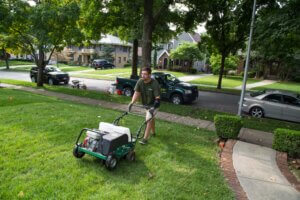Growing grass doesn’t seem very difficult when you first think about it. After all, nature does a fine job on its own of pushing plants to grow with a little water and regular sunlight. If you find yourself in a period where you’ve left your lawn alone for a while, you’ll likely find that it shot up without much warning. Today we are going to learn about how to prepare your lawn for treatment.
However, there is much more to creating an ideal lawn than simply watching grass grow. Your lawn is a space that holds a lot of functional and aesthetic value if maintained properly. A quality lawn can host proper picnics, bring a vibrant look to your home, and even help maintain the value of the property.
Proper lawn maintenance takes many factors into consideration including moisture, airflow, pest control, and seasonal trends. To make sure all of these factors are properly addressed, it’s helpful to schedule regular lawn treatments for your property.
To make sure you are getting the most out of your treatments here are 5 important items to consider when deciding how to prepare your lawn for treatment.
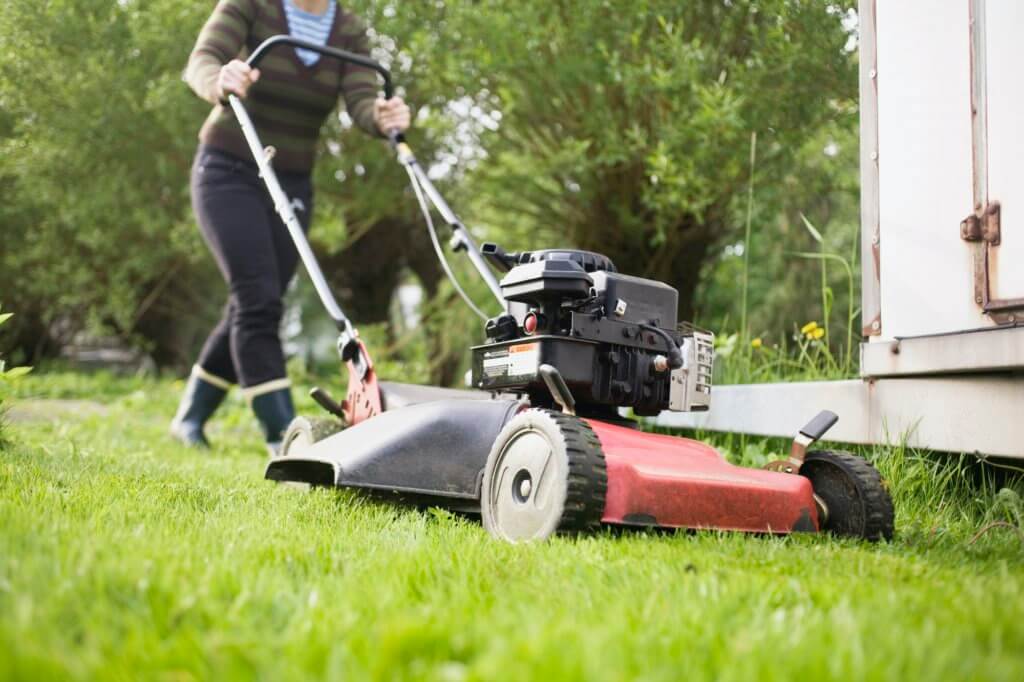
1. Keep Mowing Regularly
Just because you are about to have a lawn care professional treat your property doesn’t mean that you should stop doing your part to keep the lawn in proper shape. Professionals are looking at the big picture concerning your lawn, not the regular upkeep of its length.
Make sure that you keep up with your mowing pattern of schedule, and align mows for just before you have a team treat your lawn. This will give them a clear look at the state of the grass and prescribe the proper treatment.
If spare time is at a premium, consider partnering with a professional or local landscaper to perform regular mowings. If you do, communicate with them on the exact way you’d like to see the grass cut, describing the length, pattern, and trouble spots
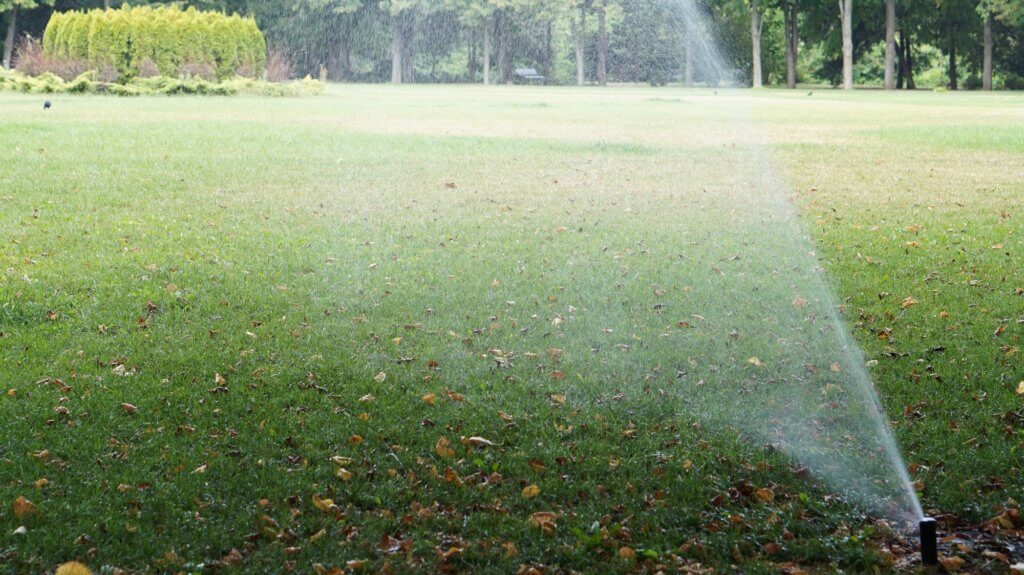
2. Water Your Lawn
As mentioned before, nature is an extremely adept lawn care professional, generally providing much of the support for your lawn to grow. However, depending on your geographical area, local climate patterns, or the way your property is situated, you might be missing out on enough water to keep your lawn healthy. We especially see dry spells in the Kansas City area.
In periods of drought and high heat, grass can begin to wither and brown if left alone. There’s not much that a lawn care professional can do to help with this after the fact. As such it’s important to treat your lawn like you would any garden plant and water it as necessary.
Remember to water in the mornings or after the sun goes down to avoid any rapid evaporation. Also, keep an eye on your local forecast and make sure that you won’t be watering when a rainshower is likely to follow closely after.
It’s also very important to observe any notices made by your local, county, or state governments about water use. These notices are made in the interest of the public and doing your part means it can lessen the impact drought has on the community and the environment.

3. Clear Leaves And Debris
A general rule of thumb to follow is “if you didn’t plant it there, it doesn’t belong in your lawn”. While your picturesque oak tree in your front yard has a place on your property, the leaves that begin to fall from its branches in the late summer and fall don’t.
Raking leaves and collecting fallen branches aren’t just for the fun of jumping into piles of them. Leaving this decaying plant matter in your lawn can obstruct your lawn’s growth, lead to discoloration, drainage problems, and even encourage pests to take root like ants, mosquitoes, and termites
Also, if leaves cover a majority of your lawn, it will keep your lawn care team from being able to accurately and easily address your lawn’s needs.
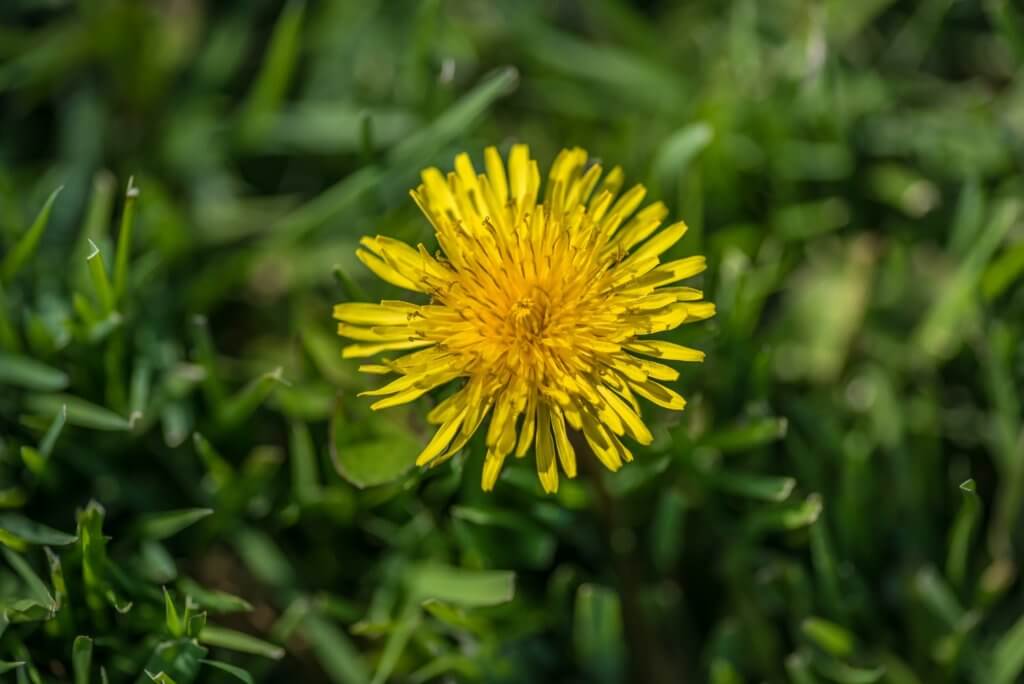
4. Watch For Weeds
Whether it’s crabgrass, cattails thistle, or dandelions, weeds are a universal and insidious presence in lawns across the country. You will inevitably have to deal with a weed outbreak at some point.
Excising weeds is integral to a healthy lawn. However, allowing professionals to address weed issues will help ensure that these issues don’t continue to plague your lawn. Make sure to let the Gunter team know about any weed patches you’ve noticed so they can take comprehensive action during your next treatment.
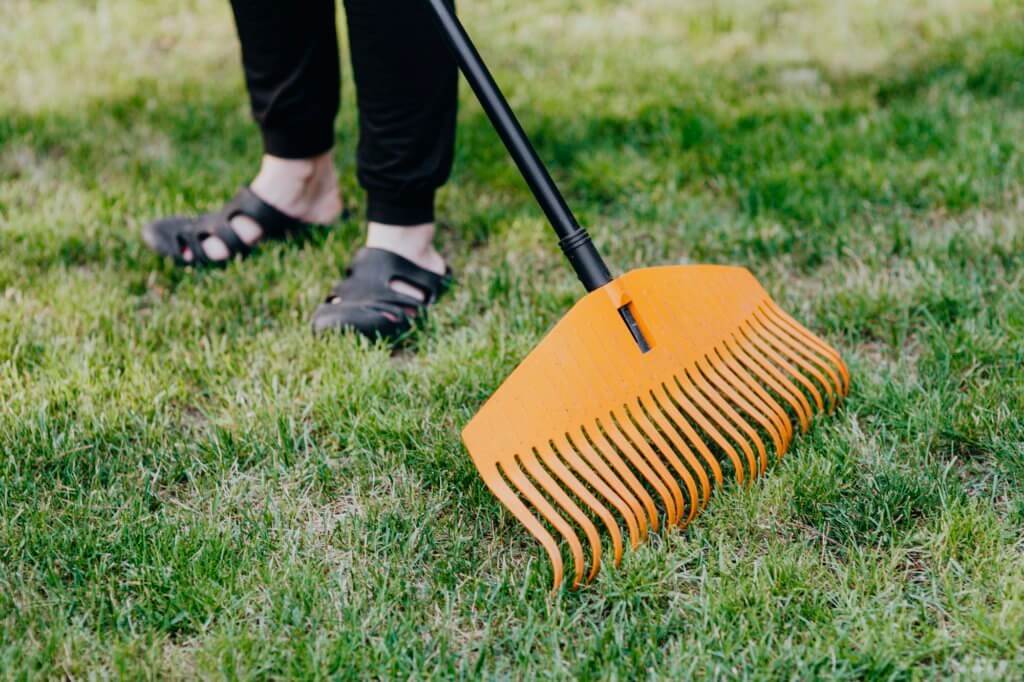
5. Identify Trouble Areas
You know your lawn better than anyone else. So as you prepare for professionals to treat your lawn, it’s important to make a mental note of areas that you notice regularly experience difficulty growing or grow more rapidly. Identifying these areas can help you take preemptive action to treat the issues, and help advise your hired professionals on how to address your yard’s needs.
Keep an eye out for bald spots in your lawn where an additional layer of seed and fertilizer may be necessary. Also, be aware of hard-to-reach areas or grass along the sides of your home as these areas might grow longer with less care and foster weeds and insects.
Conclusion
Whether your lawn only boasts enough space to fit a gnome, or if you could host a three-ring circus on the slopes of your lawn, taking care of your property’s grass and landscaping can feel like a full-time job. Employing a professional team to perform regular lawn treatments is a great way to help alleviate some of that mental load.
However, you can take steps before professionals like our team get involved to ensure that your lawn is in tip-top shape and ready to benefit from a skilled hand. We hope this post about how to prepare your lawn for treatment helps. Be sure to explore our site and see if our lawn maintenance plans are the right choice for managing your lawn care or pest needs year-round. Call us at 816-444-2847 today.
Be Sure To Check Out Some Of Our Services:
Silverfish — Fleas — Spiders — Bed Bugs

